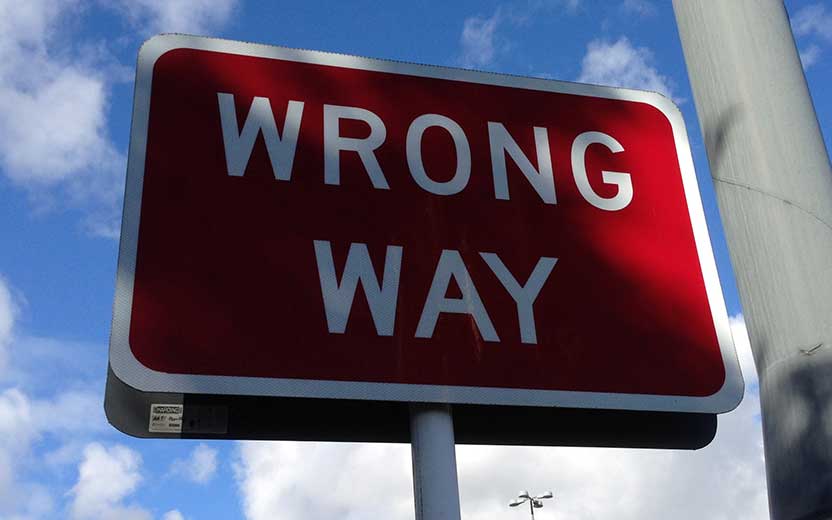By Marcus Fernandez
A traumatic brain injury is an injury to the brain that changes the lives of victims. Paralysis, cognitive impairment, personality changes, and death are only a few of the potential effects. Motor vehicle accidents are one of the leading causes, but using a seat belt could prevent a traumatic brain injury from occuring.
In fact, drivers in accidents who were not wearing seat belts were four times more likely to sustain a severe TBI than drivers who buckled up. You might think that preventing a serious injury to the brain or death might be enough to convince everyone to wear a seat belt, but one of every 10 drivers and occupants of vehicles in Florida do not use a seat belt.
If you rely only on air bags to protect you in a crash or wear a seat belt with the shoulder harness behind you to avoid wrinkling your clothes, you may want to continue reading as we take a look at seat belt use in preventing TBIs and other serious injuries. Here’s a preview about those air bags. If you don’t wear a seat belt, a crash could propel you into the full force of an inflating air bag and cause serious injuries that buckling up could prevent.
A few things to know about TBI
TBI is an injury to the brain caused by a sudden and forceful jolt or a blow to the head. It also occurs when something penetrates the skull and damages the brain. A bullet, for instance, that penetrates the skull would be a penetrating TBI.
A TBI may occur without a blow to the head taking place. When your car crashes into another vehicle or into a stationary object, such as a tree or light pole, the vehicle comes to a very sudden and rapid stop that causes your body to snap forward and backward. That whipping motion causes your brain to move. If it moves with enough force, it may strike against the interior surface of the skull to cause brain damage.
How do seat belts prevent a traumatic brain injury?
Seat belts securely hold you in your seat during a crash. This prevents your head from striking the steering wheel or other hard surfaces of the vehicle’s interior. They also prevent the whipping motion that your body experiences because of the rapid deceleration of the vehicle at impact. As well as preventing you from being ejected from the vehicle.
Just one unbelted person in a vehicle increases the risk of injury to other occupants. An unrestrained driver or passenger may be propelled into other occupants and cause them to be injured.
How to properly use a seat belt?
Most vehicles have lap and shoulder straps that work in combination with each other. As you pull the lap belt across your hips, the shoulder strap comes across your chest. Adjust the seat belt to keep the lap belt on your hips and not on your stomach. The shoulder strap should not rest on or touch your neck. Adjust the seat belt as needed to get it to fit properly.
Do not wear only the lap belt with the shoulder strap behind you. This defeats the purpose of the seat belt and will not be effective in preventing injuries or death.
Air bags are made to work in conjunction with seat belts and not in place of them. People not wearing seat belts have been injured or killed when propelled into an expanding air bag.
Injured in a car accident?
Wearing a seat belt has proved to reduce deaths and TBI, but here’s another reason to wear one. Florida is one of many states with contributory fault laws. These laws reduce the compensation an injured person may receive when the the person was partially at fault.
Failing to wear a seat belt could contribute to causing a person’s injuries or making them worse. If you want more information about your rights after a car accident, speak to a Tampa personal injury attorney.


